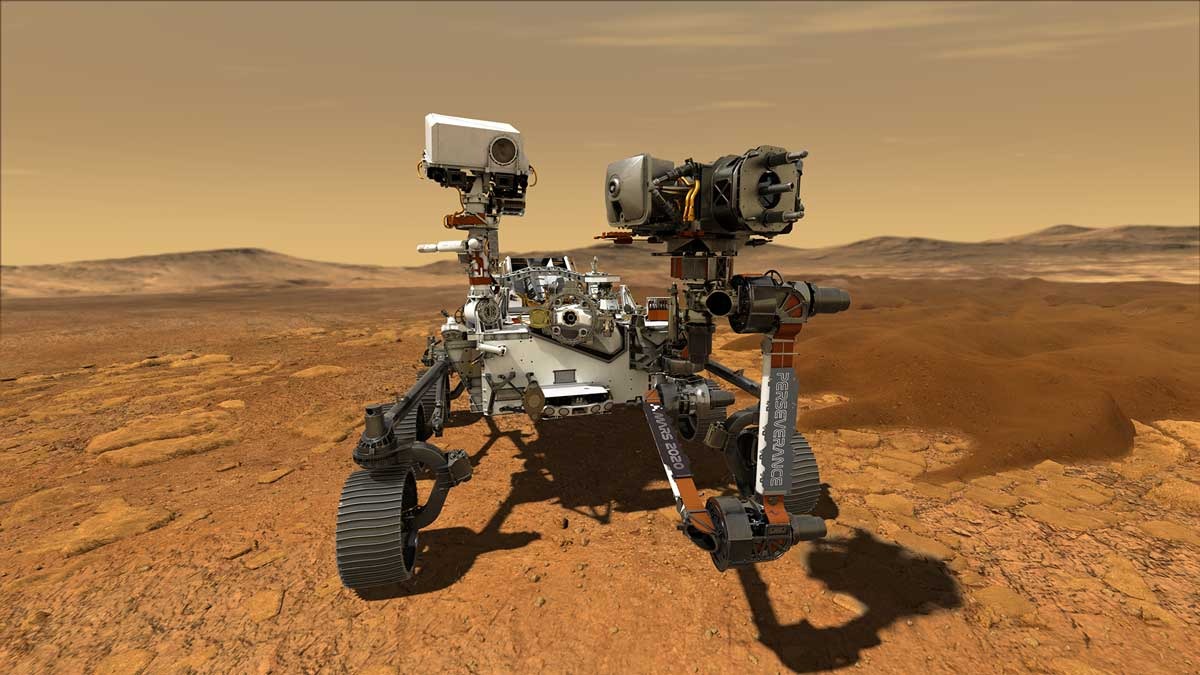The Perseverance rover, which is currently exploring Mars, recently celebrated a significant anniversary: its first Martian year after landing. The rover landed on the Red Planet near the Jezero crater in February 2021, but according to Earth time it happened almost two years ago. Since Mars rotates farther from the Sun than Earth, its year is longer and is 687 Earth days. Therefore, on January 6, the rover celebrated its first Martian year on the planet.

The end of Perseverance’s first Martian year means the end of its primary mission. The rover was designed to operate for at least one Martian year. But the rover is still working properly, so it immediately embarked on an extended mission, during which it will continue to explore the crater in search of evidence of ancient life and collect samples of Martian rock and regolith to send to Earth.
Extended Perseverance Mission
In order for the samples to be delivered to our planet in the future, Perseverance makes a backup cache of samples in case something happens to the rover. Titanium capsules with valuable Martian material for science are securely “hidden” on the surface of the Red Planet so that spacecraft can find them and carry them away as part of the Mars Sample Return mission.
After completing the creation of a hiding place in the Three Forks region, Perseverance will try to get to the dried-up river delta. The rover will need to climb a steep embankment, and it should reach the top of the delta to begin exploring sometime next month. The study of the territory will take eight months.
“Billions of years ago, a stormy river washed away rocks from the walls of the Jezero crater. We’re going to explore these ancient river sediments and get samples from boulders and rocks,” said Katie Stack Morgan of JPL, a participant in the Perseverance project.
Earlier we reported on how Perseverance on Mars produced a record amount of oxygen.
Follow us on Twitter to get the most interesting space news in time
https://twitter.com/ust_magazine

